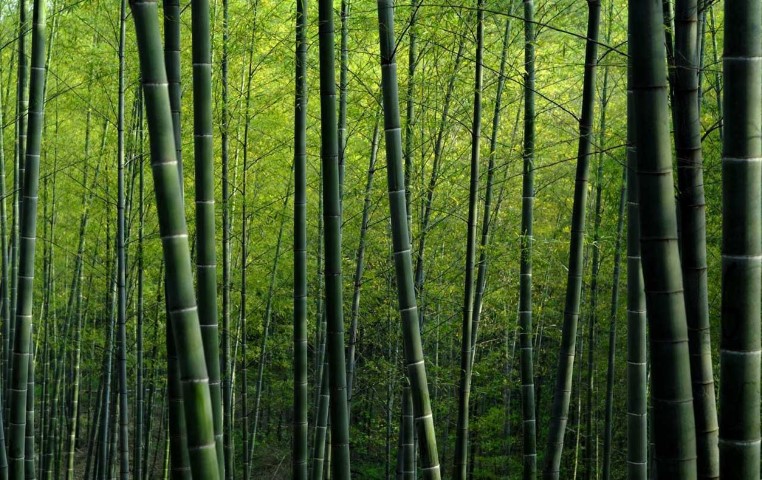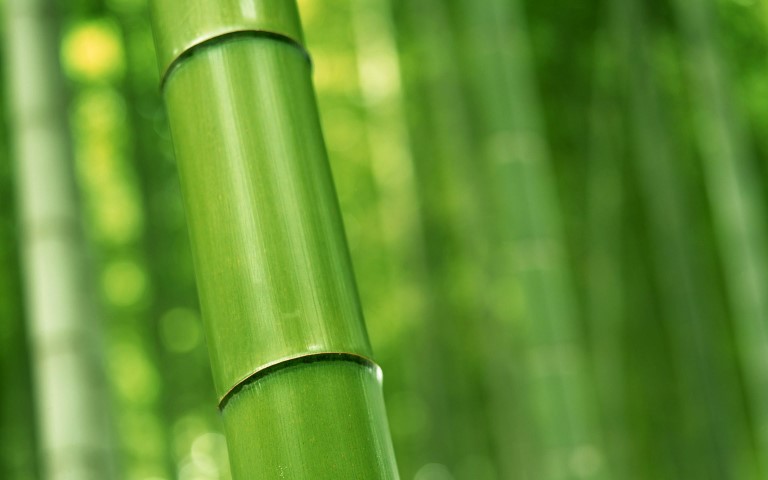Training Advice From Takumakai Daito-ryu’s Anoiki Sensei of Kagoshima Dojo
In Japan training systems as a whole are referred as shu ha ri, which indicates the three phases of the whole training. Shu, which is the very first stage of training, means “to keep the basic forms.”
Training the Body by Locking
Kime means locking the opponent’s joints by twisting or bending their arm(s). 118 kajo starting with ikkajo always ends by doing kime . You should definitely not do kime very hard until advanced. That is because it is easy to hurt the other person, injuring the other person is not the purpose of training and should always be avoided.
You need to know the correct methods for practicing kime and the following points will assist with safety.
Do not practice kime with strength.
Maintain a straight back back when practicing kime . Try to discover the most efficient angles and directions with regard to twisting and bending the wrist(s), elbow(s), and shoulders. This will vary somewhat with different people and requires a degree of feeling when taking up the slack.
During practice of kime , both the person who is doing it and the person who is receiving it should always be particularly conscious of tanden and remain relaxed throughout. The person receiving kime should endure it by focusing the mind upon tanden .
In preparation for kime, it is important to toughen your wrists. Uke should not escape from kime just to relieve the pain.
Through the training you will begin to realize the proper angles and directions gradually.

Bamboo is straight and strong but light and supple – something to emulate
Rugged Training and Relaxed Training
There are two ways of training: rugged training and relaxed training. In Daito-ryu the practice of waza (technique) is generally done in a kata form that includes an uke (attacking opponent) and a tori (defender who applies technique).
In rugged training, we use our muscular power. Dodging, grabbing, knocking the opponent off balance, twisting their arms and throwing. All of these actions take muscular strength. That is because the opponent attacks you with intent and strength. In this case you will also be training with the power of tanden (center) and breathing, and the movement of the hips and knees. It is only through this ‘hard training’ that you will learn how to avoid using the muscular power, which is a very difficult skill to acquire.
In relaxed training, we practice kata much the same way we do in the rugged training, but without the muscular power. In this case the opponent follows your lead and the all-important point is to synchronize in terms of ki (spirit) and kokyu (attitudes). Through the training, your movements will be smooth and supple, and your muscles flexible (maybe Tai Chi and Qigong bear a close resemblance to it). However, your body will not be strong enough for martial arts only through this type of training.
In conclusion the best way is to mix the two methods of training. In fact, it is important that you are able to use the two kinds of power separately and at the right moment through application of appropriate technique. If you can handle the rugged attack with the relaxed motion, we can safely say that you ARE on the aiki path.


Comments are closed